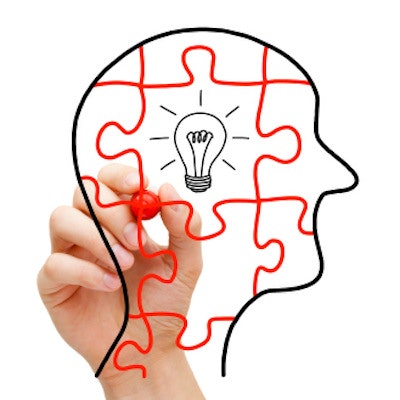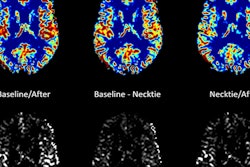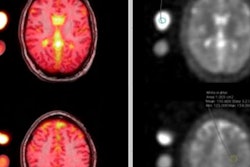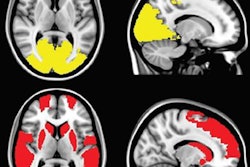
A person's intelligence could soon be confirmed with an MRI scan to assess how well connected and functional his or her neurological networks are, according to a study published in the January issue of Neuron.
Researchers from the University of Cambridge in the U.K. and the U.S. National Institutes of Health (NIH) used MRI to map how well brain regions work together cohesively to improve problem solving, language skills, and positively influence IQ (Neuron, January 2018, Vol. 97:1, pp. 231-247).
"This could take us closer to being able to get an idea of intelligence from brain scans, rather than having to rely on IQ tests," said study co-author Ed Bullmore, head of psychiatry at Cambridge. "Our new mapping technique could also help us understand how the symptoms of mental health disorders such as anxiety and depression, or even schizophrenia, arise from differences in connectivity within the brain."
The researchers, led by Jakob Seidlitz, a doctoral candidate at Cambridge and the NIH, imaged the brains of 296 normally developing adolescent volunteers on a 3-tesla MRI scanner. Their results then were compared with an additional 124 healthy volunteers to further validate the data.
When two brain regions have similar profiles, they are considered to have "morphometric similarity." Based on that finding, the researchers assume the regions are functioning normally and in turn use that information to create a map of how well the areas interact. Most importantly, the maps linked connectivity in the morphometric similarity networks to greater mental and functional performance.
Seidlitz and colleagues stressed there is still much research to do to understand why some brains are more connected than others and whether the differences are due to genetics, education, or other factors.
The researchers are hoping to take advantage of a recently installed 7-tesla MRI scanner (Magnetom Terra, Siemens Healthineers) at the University of Cambridge to more precisely map the human brain.



















